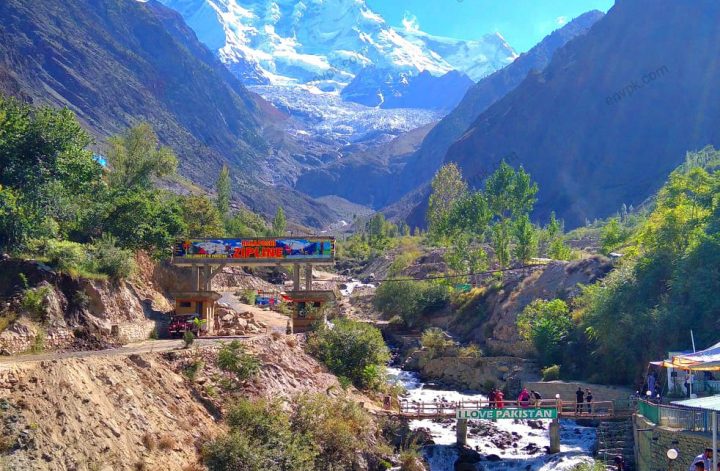Energy Crisis of Pakistan:
Frequent loadshedding, lack of electricity for consecutive hours in many regions and still high cost of electricity and gas bills has people in the country beyond frustrated and helpless. This has been the case ever since many of us were young enough to register the familiar times electricity wouldn’t be available during the day and night times.
Amidst the crippling debt the country is in, the latest economic crisis being faced by the country, sky-high inflation and lack of power is causing the people a lot of distress.
Also check out:What Are Renewable Energy Sources? – Types of Green Energy
Additionally, on all top of that, the frequent floods and natural disasters that have devastated the country’s many regions have caused even more duress to the very unstable and climate-vulnerable economy of Pakistan. Along with the population hitting 241.49 million in August 5, 2023, the country’s ailing and out dated power grid crippled under the weight of generating electricity for the increasing population.
Hike in Electricity Prices:
According to NEPRA, the revised National Average tariff for the financial year 2023-24 has been determined as Rs. 29.78/kWh, which is Rs. 4.96/kWh higher than the previously determined national average tariff of Rs. 24.82/kWh. Through the years, from 2020 to 2023, Pakistan has seen nearly six-fold increase in the electricity rates and three-fold increase in gas rates. Recently, in many regions even the water rates were revised and increased to twice the amount users were paying prior to 2023.
In 2023 alone, the electricity rate is increased rapidly almost every 3 months, as of July 2023, a proposal stated that the government recommended an increase of PKR 3 per unit for the non-protected residents using 1 to 100 units which will take the current per unit cost from PKR 13.48/unit to 16.48/unit. Again, the rate was increased by PKR 1.90 per unit and now the current rate is 18.38 per unit of electricity consumed.
So, this means for those consuming 100 units of electricity, the monthly electricity bill will increase from Rs13.4 to Rs18.38 per unit, resulting in a bill of Rs1,838, excluding taxes and other charges.The energy charges increased to Rs 10.94/KWh from Rs 7.63/KWh, while capacity charges rose by PKR 1.38/KWh to hit Rs 18.39/KWh. Pakistanis face a 70% electricity price hike due to hidden charges.
Reasons for the Energy Crisis:
There were just more than a few electricity blackouts this year, a bit too many starting from January where a surge in voltage in the national grid in Sindh had a cascading effect that resulted in nearly 200 million people without electricity for at least a whole day. The reason our national power grid is not sufficient anymore is due to the fact that it is very outdated, and our numbers have exceeded the capacity it could sustain for power generation.
Moreover, the lack of investment and the need for a stronger and better national grid is very visible as the current grid was established well before partition in 1947 and the major portion of it was constructed in the 1960s itself. The lack of maintenance on top of it all, and no innovation and subsequent research efforts has lead to the crippling state our national grid has reached.
Suggested Solutions:
Unsurprisingly, what with all the climate threats of natural disasters we are already facing, the first solution we should be looking towards is to diversify our energy mix which is mostly still powered by coal and renewable sources. Solar energy or Hydropower energy generation needs to be properly expanded and developed.
Also read: Waste to Energy Plants Can Curb Pakistan’s Electricity Crisis
This is evident since the power outages have become frequent ever since the cost of the fossil fuels imported to power the grid has been raised significantly in the aftermath of the Russian invasion of Ukraine which did not fit within the crippling financial debt already being experienced by the country.
Therefore, cutting down on the renewable sources altogether is the best solution as well as affordable to mitigate the energy crisis of Pakistan. Renewable alternatives like wind and solar can prove to be a crucial hedging mechanism against highly priced, U.S. dollar-denominated fossil fuel prices. We could even consider investing in Nuclear energy generated electricity if our economy becomes stable enough to afford the cost of uranium ore.
Read more: What is Nuclear Energy? – Uses, Advantages, Disadvantages
Lastly, if nothing else, efforts should be directed towards rehabilitating our existing national grid that is extremely dilapidated and rickety.
Check out: Why We All Should Move to Clean Renewable Energy & Is Transition To Clean Energy Crucial For Our Survival?
We hope you liked this post! Please comment below if you have any suggestions, comments or feedback! We at #envpk love hearing from readers! Thanks




